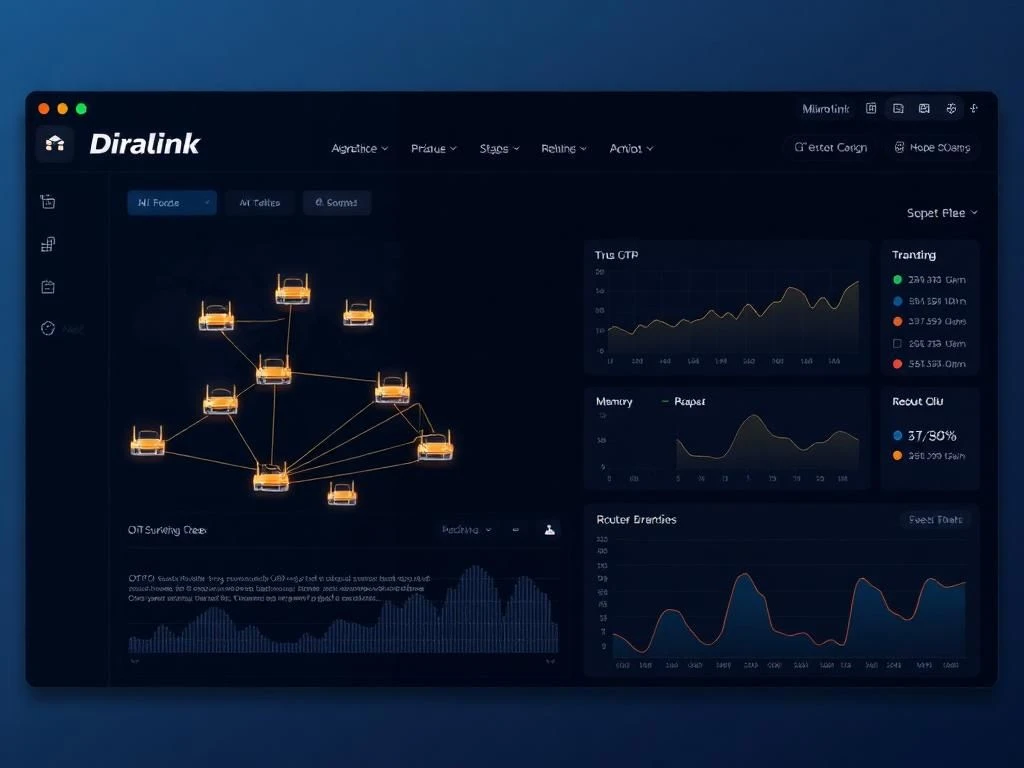Inside Diralink's OTP Payment Pipelines for ISPs
Learn how Diralink isolates every ISP payment and messaging integration with OTP supervision so your internet billing system stays resilient without cross-tenant failures.

Payments are one of the most sensitive touchpoints for any ISP. A single delayed reconciliation can block reconnections, create disputes, and erode subscriber trust. Diralink isolates every tenant’s payment rail so cash flow and your internet billing system stay reliable, even when upstream providers throttle or fail.
One Pipeline Per ISP
When an ISP supplies API keys, Diralink spins up a dedicated OTP supervision tree for that integration. Each tree manages its own connection pool, retry policies, and telemetry, keeping payment traffic from different operators fully isolated.
- Tenant-specific workers own authentication, token refresh, and signing for their payment provider.
- State and metrics live inside the tenant tree, so back-off logic and dashboards reflect the ISP’s own traffic patterns.
- Supervisors restart failing stages in milliseconds without touching neighbor pipelines.
Controlled in Real Time
Operators can toggle their payment pipeline directly from the admin console. When maintenance or audits are required, switching a pipeline off cleanly drains jobs, safeguards in-flight requests, and keeps provisioning workflows aware of the pause.
Respecting Provider Rate Limits
Every pipeline enforces the exact rate limits published by the payment gateway. Requests queue and release based on those limits, ensuring compliance and preventing throttling from rippling through other tenants.
Extended to Messaging
The same OTP pattern powers each ISP’s SMS integration. Messaging workers inherit per-tenant supervision, rate limiting, and live controls so notifications remain timely without compromising platform stability.
Operational Confidence
By isolating integrations in OTP supervision trees, Diralink gives ISPs resilient automation without shared failure domains. Finance teams trust the numbers, engineers gain observability, and customers experience consistent service even during provider turbulence.